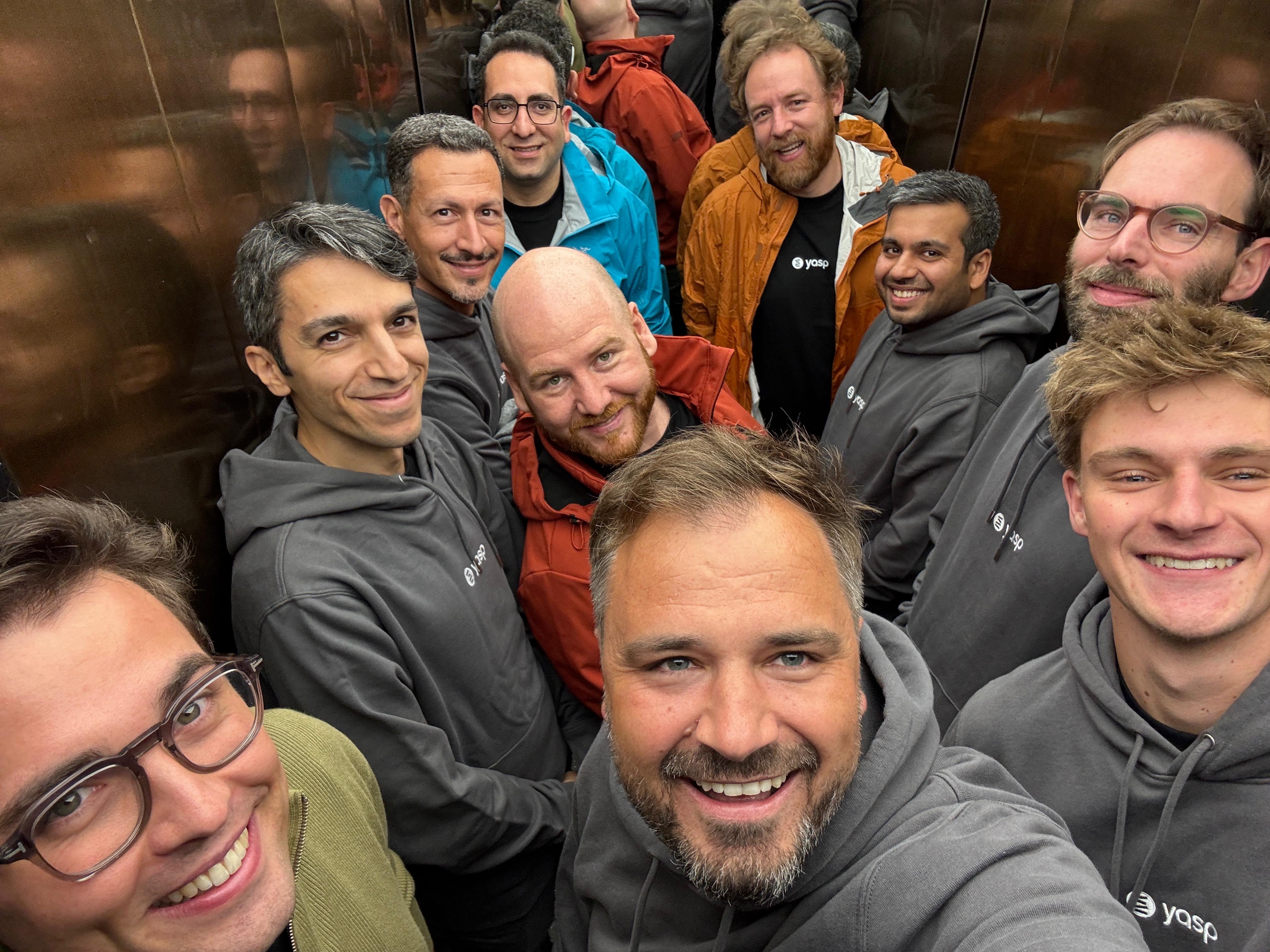Venture Capital is a high-risk and long-term investment for any Limited Partner. In my previous article on the Risk-Return Profile of Venture Capital I discussed the necessity/market standard to offer 3x to Limited Partners . With this present article I want to give some more context to this rather generic idea on the portfolio level.
One of the discussions I had most in internal meetings and with founders over the last years is “what exactly is a VC case?”. When discussing the scalability of an investment opportunity, the necessity of accelerating growth is easy to understand, but what is enough? With this article I want to give an example calculation and make it easier to understand both for founders but also for VC starters to understand how dependent a VC is on its best performing assets.
In the context of 3x and with a EUR 50m fund at hand, I (as fund manager) must offer the potential to reach EUR 150m in returns to my investors. What does that in turn mean for a particular investment that my fund does?
First, VC funds charge an annual management fee between 1.5% and 2.5%, decreasing after the investment period. For the average fund it is fair to assume a 20% cost over the 10-year lifetime. In our example, this means the fund has EUR 40m for investments to deliver a return of EUR 150m. I have had the chance to analyse the portfolios of four funds in the last couple of years and have found that you can vastly cluster a portfolio in three categories being (i) Loss Makers, (ii) Neutrals and (iii) Homeruns.
When I did the analysis, I was able to identify a portfolio composition of on average 50% Loss Makers, 30% Neutrals and 20% Homeruns. Furthermore, the sample yielded return quotas matching the ones identified in empirical research. The average Loss Maker returns between 0% and 100% on the initial investment, for our example, we assume an average of 50%. The average Neutral returns between 100% and 300% (for our example: 200%). This leaves the question, how much the Homeruns have to deliver to get to the 3x. When we look at the fund, we get to the following:
Return = Loss Makers + Neutrals + Homeruns
Where each cluster’s return profile is
Return Contribution = Probability * Investment Sum * Return of Cluster
What derives for Loss Makers and Neutrals:
Loss Makers = 50% * EUR 40m * 50% = EUR 10m
Neutrals = 30% * EUR 40m * 200% = EUR 24m
Thus, the Loss Makers and Neutrals get the fund to a total return of EUR 34m, what leaves the fund manager EUR 116m short of the desired EUR 150m yielding a return requirement of Homeruns:
Homerun = 20% * EUR 40m *x = EUR 116m
x = 1,450%
In other words, to get to EUR 150m I need a return of 14.5 times on my Homeruns. When undertaking an investment, I thus naturally must think of the Homerun potential of the opportunity. Yet, this 14.5 times is the derivative of our example. There is room for discussion here including “what happens if I take less risk and get less Loss Makers?”, “What happens if investment amounts are not equally spread across the portfolio categories?”, or “What happens if Loss Makers and Neutrals return more?”.
When I first did this exercise, I realized that it does not really matter how the Loss Makers and Neutrals perform. If I want to deliver the 3x to my investors it must be achieved by the Homeruns. For anybody who wants to play around with the model, I have prepared a small example calculation here.
To conclude and come back to the initial question — ”What is a VC case?” — the answer is simple.
From the perspective of an investment professional, the questions are: Has the investment opportunity the real chance to become a Homerun in my portfolio? Do the current metrics hinge that? What must happen between the valuation today and the exit valuation? For a start-up the questions are: Who is my counterpart? What is the return profile required? How can I give the best feeling on the return profile of my company? I can only recommend to any start-up to prepare for this thinking and subsequent questions around Homerun potential.
Having gathered a better understanding of the dependence on Homeruns of a VC, the next step is to better understand what other criteria are important for a VC. Thus, my next article will be around the topic of investment thesis and strategy.





.png)



.avif)


























.avif)


.avif)





















.avif)
.avif)
